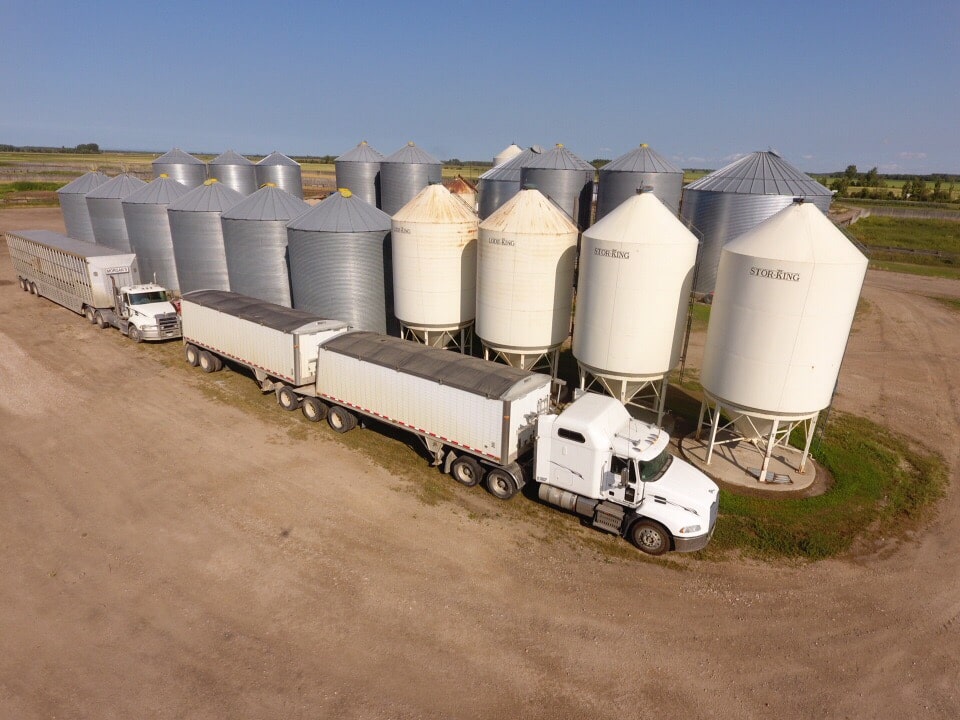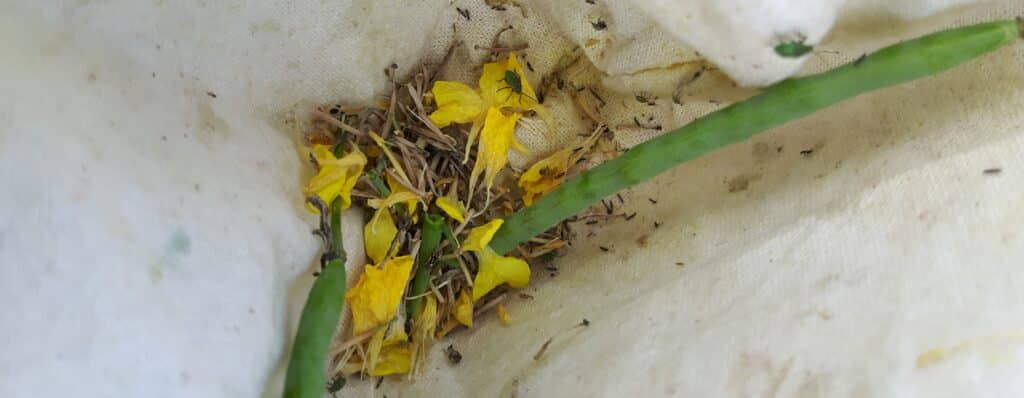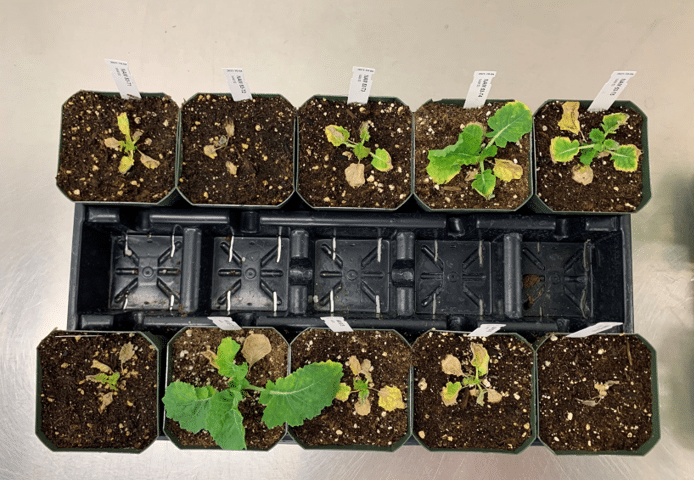
Growers all know that maintaining seed quality and avoiding spoilage are key goals of canola storage. To achieve these goals, there are seed parameters (such as oil content, quality, temperature…
Read more

Canola shatter resistance, use of extendable knife and draper headers and checking for canola harvest losses can help maximize yields.
Read more

Research supports using blackleg race identification tests, lengthened rotations and continuing to grow blackleg resistance for effective management in canola.
Read more

The lygus bug’s piercing and sucking mouthparts allow it to feed on canola crops, but the proper management of lygus requires several considerations. First, the growth stage of the canola…
Read more

Sclerotinia stem rot can cause significant damage in canola and is a challenge to predict and manage every year. However, implementing one tactic utilized in sclerotinia research could provide a…
Read more

Preparations are underway for CARP 2023. Read the research priorities informing the program that is aimed at helping canola farmers increase productivity, profitability and sustainability with reduced production risk. Then check out the many projects (completed and ongoing) from the Canola Agronomic Research Program (CARP), which are featured on the Canola Research Hub.
Read more











